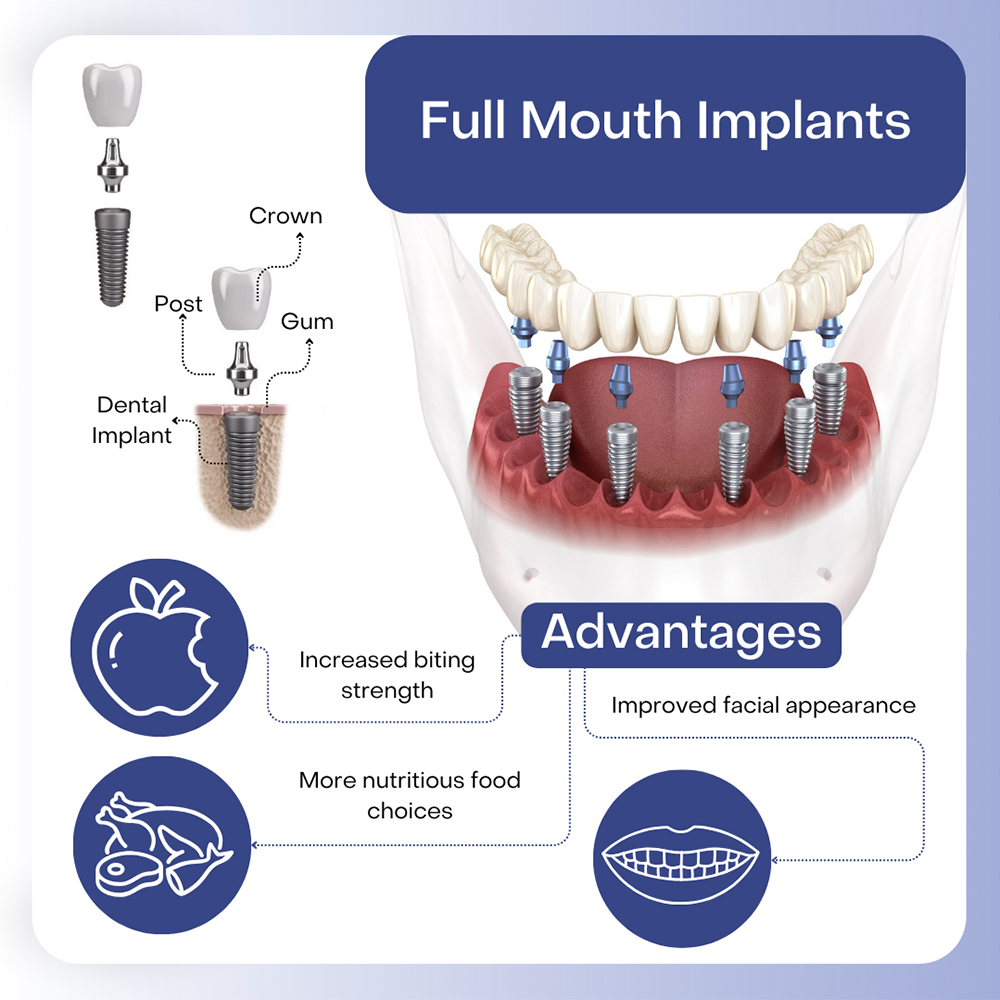Facts About Dental Sense Revealed
Facts About Dental Sense Revealed
Blog Article
The Best Guide To Dental Sense
Table of ContentsAn Unbiased View of Dental SenseThe Greatest Guide To Dental SenseSome Of Dental SenseThe Definitive Guide to Dental Sense
are medical gadgets operatively dental implanted into the jaw to recover an individual's ability to eat or their look. They offer assistance for synthetic (phony) teeth, such as crowns, bridges, or dentures. When a tooth is shed due to injury or illness, a person can experience problems such as quick bone loss, defective speech, or changes to eating patterns that result in discomfort.Dental implant systems contain a dental implant body and dental implant abutment and might likewise include an abutment addiction screw. Dental implant vs bridge. The dental implant body is surgically inserted in the jawbone in area of the tooth's origin. The dental implant joint is usually connected to the dental implant body by the abutment fixation screw and expands via periodontals into the mouth to sustain the connected fabricated teeth
(https://medium.com/@matthewmusic33101/about)Framework of The Dental Implant System selecting oral implants, speak with your dental company about the possible advantages and risks, and whether you are a prospect for the procedure. Things to think about: Your total wellness is an important factor in establishing whether you are an excellent candidate for dental implants, how much time it will certainly require to heal, and the length of time the implant may remain in area.
Cigarette smoking might influence the healing process and reduce the lasting success of the implant. The recovery process for the implant body may take numerous months or longer, during which time you commonly have a momentary joint in area of the tooth. the oral implant procedure: Meticulously follow the oral hygiene instructions offered to you by your dental provider.
A Biased View of Dental Sense
Implant failing can cause the need for another medical procedure to take care of or change the dental implant system. Brings back the capability to eat Restores aesthetic appearance Assists maintain the jawbone from diminishing due to bone loss Protects the health and wellness of the bordering bone and gums Assists maintain nearby (nearby) teeth stable Enhances high quality of life Damage to surrounding all-natural teeth throughout implant placement Injury to the surrounding cells throughout surgical procedure, such as sinus opening Injury during surgical treatment (for instance, crack of surrounding jawbone) Insufficient feature, such as seeming like the teeth do not attack with each other generally An experience that the tooth hangs or twisting in area resulting from a joint screw loosening Implant body failing (looseness of the dental implant body) because of systemic infection, which may be a lot more most likely in patients with uncontrolled diabetes as a result of neighborhood infection in bone and gums supporting the dental implant body as a result of postponed recovery, which might be a lot more most likely in people that smoke Difficulty cleansing the periodontals around the implant, causing inadequate oral hygiene Unattended gum illness Post-surgical numbness due to nerve impingement or damage Always alert healthcare carriers and imaging service technicians that you have dental implants before any type of magnetic vibration imaging (MRI) or x-ray procedures.
FDA is not mindful of any type of adverse events reported for MRI or x-ray treatments with dental implants. Oral implants systems are commonly made of materials that adhere to international agreement criteria of the International Company for Standardization (ISO) or ASTM International. These criteria have information of what makes a secure product.

A dental implant is a structure that replaces a missing tooth. With screw-like gadgets, the surgeon inserts a dental implant right into the jawbone, and it acts as a support for an artificial tooth, called a crown.
What Does Dental Sense Mean?
Some people are not qualified for oral implant surgery. It is for dental specialists to run on people with: acute illnessuncontrollable metabolic diseasebone or soft tissue illness or infectionIf these problems are solved, an individual can have the surgical procedure. In, dental doctors avoid operating people useful reference with: If people with any of the above undertake oral implant surgery, there is a higher danger of the dental implant falling short.

Oral dental implant surgical treatment is a tailored procedure. It's not the exact same for everyone. Yet the following offers a basic summary of what you can expect your dental practitioner, oral doctor, periodontist or prosthodontist to do: Position the dental implant surgically. Offer you time to recover. Connect the post and last crown, bridge or denture.
Next, your specialist will meticulously put the dental implant right into your jaw. If your implant is near the front of your mouth, your dental practitioner will make a short-term tooth for you to use until you heal.
Dental Sense Can Be Fun For Everyone
Throughout the recovery stage, your jawbone ought to fuse to the dental implant. This procedure can take anywhere from three to 9 months.
When your dental implant heals, your dental professional can connect the joint (small port article) and your final remediation (crown, bridge or denture). This normally takes about one hour to complete and may require a 2nd small surgical treatment. You shouldn't really feel any discomfort throughout your oral implant procedure since your supplier will certainly make use of medication to numb your periodontals.
Report this page